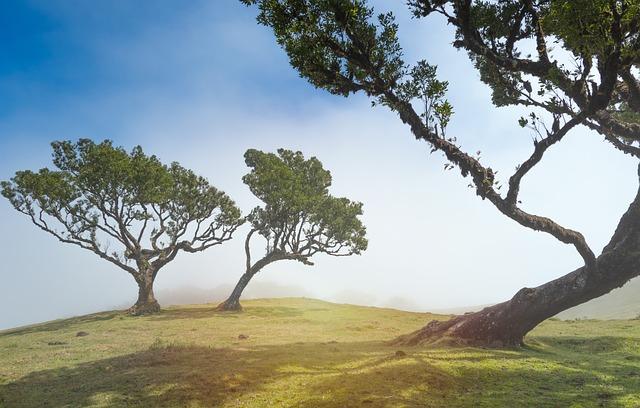Trees and Their Role in Urban Aesthetics

Urban landscapes are often characterized by concrete structures and busy streets, but nestled among the buildings and roads are the unsung heroes of city aesthetics – trees. These resilient plants play a crucial role in enhancing the visual appeal of urban areas, contributing to the overall beauty and livability of cities worldwide. In this article, we will explore the significance of trees in urban aesthetics and how they shape the landscape of our urban environments. Trees play a crucial role in enhancing the visual appeal of urban areas. Their presence can greatly contribute to the overall aesthetics of a city, making streetscapes more attractive and inviting. Trees provide shade, create green spaces, and add natural beauty to an otherwise concrete jungle. Their aesthetic value cannot be understated when it comes to shaping the character and ambiance of urban environments.
When it comes to selecting trees for urban areas, several factors come into play. **Climate** is a key consideration, as trees must be able to thrive in the specific conditions of a city. **Soil type** and **available space** also influence tree selection, as certain species require specific soil conditions and room for growth. Additionally, **maintenance requirements** should be taken into account to ensure that the selected trees can be properly cared for in an urban setting.
Planting and maintaining trees in urban settings requires careful planning and attention to detail. **Proper planting techniques** such as proper root ball depth and mulching are essential for tree survival and growth. **Regular watering and pruning** help maintain tree health and promote longevity. By taking proactive steps to care for urban trees, cities can ensure that they continue to provide aesthetic benefits for residents and visitors alike.
Q&A
Q: What role do trees play in urban aesthetics?
A: Trees play a crucial role in enhancing the visual appeal of urban areas by providing greenery, shade, and a sense of natural beauty.
Q: How do trees contribute to the overall aesthetics of a city?
A: Trees soften the harsh lines of buildings, add color and texture to the landscape, and create a more inviting and livable environment for residents and visitors.
Q: What are some of the benefits of incorporating trees into urban design?
A: Trees can help reduce air and noise pollution, improve air quality, lower urban temperatures, and provide habitat for wildlife, creating a healthier and more sustainable urban environment.
Q: What are some common types of trees used in urban landscaping?
A: Common types of trees used in urban landscaping include maple, oak, cherry, birch, and magnolia trees, which offer a variety of sizes, shapes, and colors to enhance the aesthetics of city streets and parks.
Q: How can cities ensure the long-term health and beauty of their urban trees?
A: Cities can promote tree care practices such as regular watering, pruning, fertilization, and pest management, as well as planting trees that are well-suited to the local climate and soil conditions. Additionally, creating and enforcing tree protection ordinances can help preserve existing trees and encourage the planting of new ones.
Conclusion
trees play a crucial role in enhancing the aesthetic appeal of urban areas. By providing shade, reducing noise pollution, and adding a touch of natural beauty, trees contribute to creating a more pleasant and desirable environment for city dwellers. Local governments and urban planners should continue to prioritize the preservation and planting of trees in cities to promote a sustainable and visually pleasing urban landscape. Next time you take a stroll through a city, take a moment to appreciate the beauty and benefits that trees bring to our urban spaces.
Simpsons Tree Services, Servicing Melbourne’s North Eastern Suburbs
Book a quote online at www.simpsonstrees.com.au


